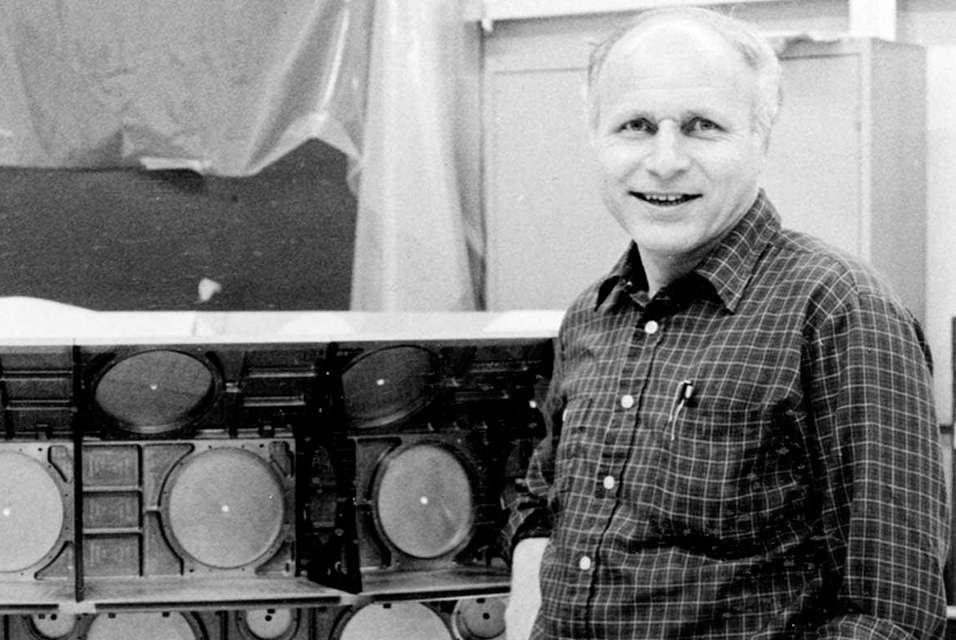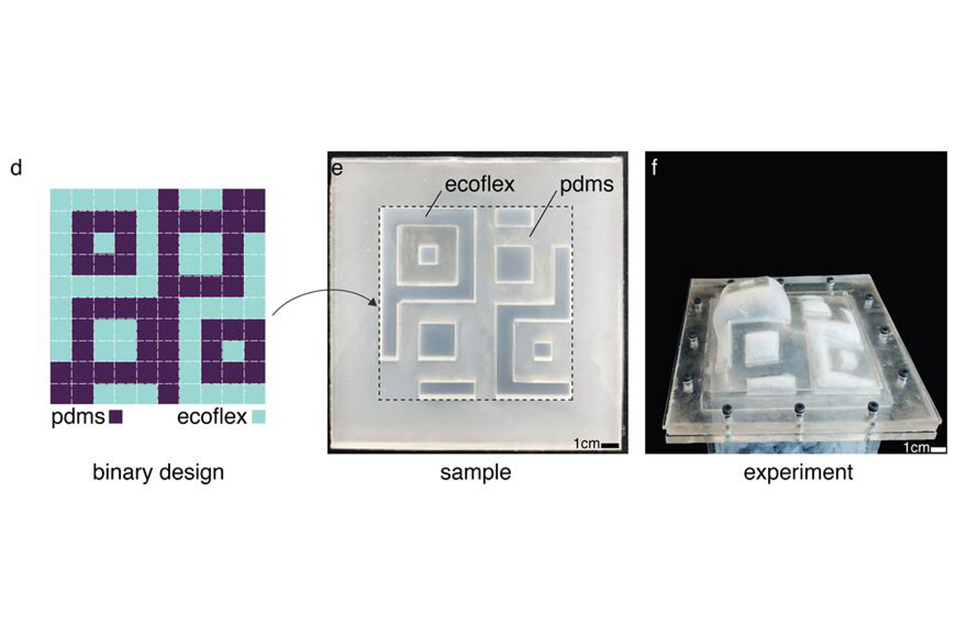CHICAGO, IL.- Prof. Emeritus Dietrich Müller, a renowned experimental physicist at the
University of Chicago who spent half a century building instruments to study energetic particles from space called cosmic rays, died Dec. 22 at the age of 85.
Müller helped build experiments that took data during space shuttle flights and aboard balloons circling above the Arctic and Antarctic, measuring energetic particles called cosmic rays that zip through our solar system from elsewhere in the galaxy. These experiments revealed new information about cosmic rays, which offer a window into the stars and astrophysical phenomena around us, as well as the fundamental makeup of the universe. For example, one of Müller’s instruments collected some of the first evidence that there are more positrons in the galaxy than predicted—a mystery which has continued to puzzle scientists for decades.
“Dietrich was a renowned cosmic ray experimentalist with a gift for devising innovative instrumentation,” said Prof. Scott Wakely, Müller’s friend and colleague for many years. “He was legendary for asking exactly the question you should have been thinking about, but weren’t.”
“With him goes an era,” said longtime colleague Michael Turner, the Bruce V. and Diana M. Rauner Distinguished Service Professor Emeritus at UChicago.
Born in Leipzig, Germany in 1936, Müller received degrees in physics at the Universities of Leipzig and Bonn in Germany. After receiving his Ph.D., he arrived at the Enrico Fermi Institute at UChicago in 1968 as a research associate and joined the Department of Physics in 1970 as an assistant professor. He would remain a member of the UChicago community for more than 50 years.
Müller joined an extraordinary group of physicists at the University of Chicago studying cosmic rays—a source of great scientific excitement. These extraterrestrial particles arrive at Earth as messengers from all sorts of interesting events and places, including from the sun as well as supernovae and powerful stars elsewhere in the galaxy.
Cosmic rays can reveal hints about everything from dark matter to how elements are made. “They are this extraordinary source of information,” said Turner. “We can’t travel around the universe, but we can get these samples of material that have traveled here from elsewhere in the galaxy and beyond.”
In his early years, Müller worked with Prof. Peter Meyer on an experiment affectionately nicknamed the “Chicago Egg,” a large instrument that flew aboard the Challenger space shuttle. It was a difficult project, as Müller himself would later recall: “The shuttle was still in development, and NASA imposed new requirements almost daily; the type of detector we were trying to build was entirely new and not proven before.” Nonetheless, the Egg successfully made direct observations of high-energy cosmic rays at energies beyond the reach of most detectors.
After the tragic loss of the Challenger space shuttle, NASA decided to cancel a re-flight of the Egg. But ensuing cosmic ray experiments continued to fly aboard high-altitude balloons; Müller next worked on HEAT (High Energy Anti-matter Telescope), along with Prof. Simon Swordy, which flew multiple balloon flights from New Mexico and Canada in 1994 and 1995. HEAT took measurements of the abundances and energy spectra of positrons and antiprotons, as well as measurements of the isotopic abundances of cosmic ray nuclei. These revealed the first hints of an excess of positrons, a mystery that has still not been fully resolved, but has been speculated to relate to pulsars or even dark matter.
In 2003 Müller oversaw the design and launch of TRACER (Transition Radiation Array for Cosmic Energetic Radiation), which flew above Antarctica and was specially designed to measure heavy elements in cosmic rays. He was also a collaborator in Wakely’s CREST (Cosmic Ray Electron Synchrotron Telescope) program, which launched in 2011 to search for cosmic ray electrons at extremely high energies.
One of Müller’s major contributions to the field was pioneering a technique to use transition radiation in these experiments to measure the energies of cosmic rays in order to distinguish them. This technique is still used in experiments today, including the large Alpha Magnetic Spectrometer currently aboard the International Space Station.
“He had impeccable judgment,” said Gregory Tarlé, professor of physics at the University of Michigan and a longtime friend and colleague of Müller’s. “He was a most valuable colleague, because if you had made an error, he would find it.”
Colleagues recalled Müller’s his dedication to scientific integrity: “He felt it was your obligation as a scientist to be scrupulously honest. Rather than trying to persuade people of a result, he would simply present all the information and let them make their own judgment,” Tarlé said.
Another distinguishing characteristic was his unflappability—especially important in his chosen field, as scientists watch years of labor disappear into the upper atmosphere. “He could be counted on to be calm and good-humored under intense conditions, even if experiments did not go according to plan,” said Tom Prince, the Ira S. Bowen Professor Emeritus of Physics at Caltech and director of the W. M. Keck Institute for Space Studies, who was one of Müller’s first graduate students. “I was also impressed by his willingness to entertain new ideas, which might or might not work—but if they did, they could lead to new directions.”
Astronaut John Grunsfeld, former associate administrator for NASA’s Science Mission Directorate, worked with Müller on the Chicago Egg experiment. “The thing I remember most about him is that he found joy – I mean true joy – in solving problems in experimental physics. It was so much fun to see his enthusiasm for the work,” said Grunsfeld, PhD’88. “I thought the world of Dietrich. He was always very supportive of my career and the work I was doing in space, and I think that goes back to his real love of mentoring and of watching students succeed.”
Müller served as director of the Enrico Fermi Institute from 1986-1992 and was a fellow of the American Physical Society. Following his retirement in 2006, he continued to remain active in research. In 2009 he was awarded the Yodh Prize of the International Union of Pure and Applied Physics, which recognizes scientists whose research has had a major impact on the understanding of cosmic rays.
In addition to his scholarly pursuits, Müller was a great lover of classical music and of art, particularly German expressionism, and was a dedicated traveler. He was active in his community, including as president of the Jackson Park Highlands Homeowners Association, where he lived for many years. He was also an avid gardener, taking great pride in his roses, restoring a native prairie and forest in Wisconsin, and planting hundreds of trees.
He is survived by his wife of 53 years, Renate; his children, Georg and spouse Kathy, Michael and spouse Karessa, and Agnes and spouse Scott; his grandchildren Oskar, Alex, Natalie, Monica, Amalia and Krista; as well as sister Gisela and spouse Dieter, and brother Volker and spouse Angela.










